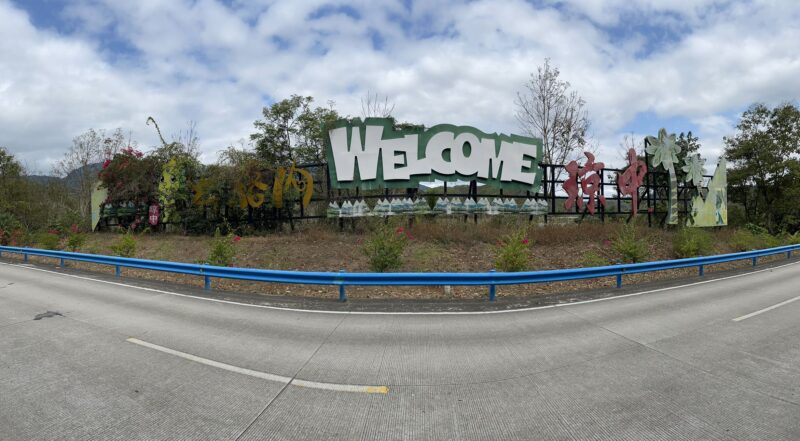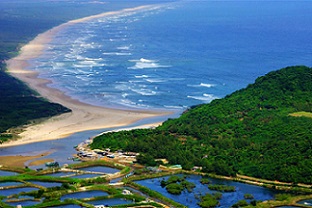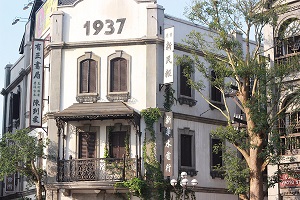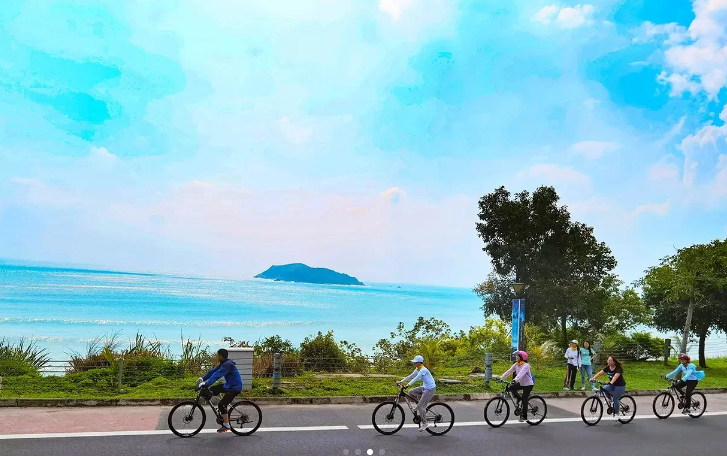Hainan Island Local People & Their Spoken Languages
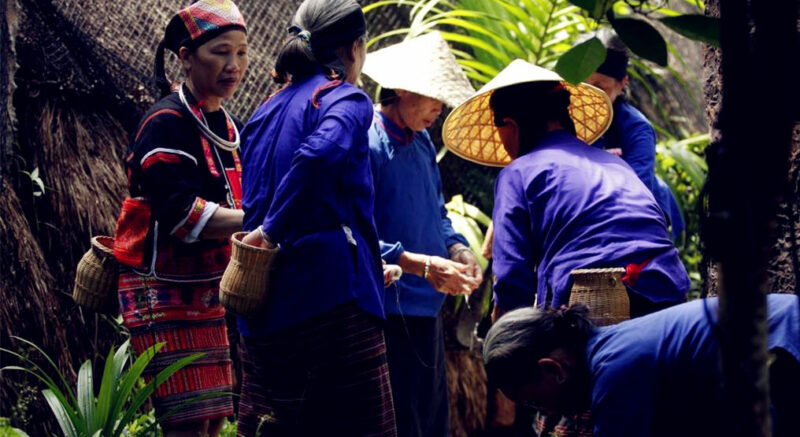
According to Hainan Government official numbers, till the end of 2016, there are 9.17 million people living on Hainan Island, about 60,000 more than 2015. Though the number is now predominantly comprised of Han Chinese, there are still 39 minority groups living in Hainan Island today. The largest of the non-Han nationalities on Hainan Island are the Li, Miao, and Hui peoples, of which the Li, with a population of 1.3 million, is the most numerous.

Han Chinese on Hainan Island
Han people numbers up to 70% of the total population. They started the movement 2000 years ago together with the militaries and officials to Hainan Island from Mainland China. Among them, there are offspring of those who were banished to Hainan for political reasons. Most of them moved to Hainan Island from places like Guangdong, Fujian, and Guangxi in the southern part of Mainland China. This explains why the local dialect is similar to Ming Nan (South Fujian) Dialect, and a lot of local Han people can speak or understand Cantonese especially along the eastern coast. Like most of the southern Chinese, they enjoy light dishes and seafood very much.
LI People: The first inhabitants of Hainan Island

Li People are the original inhabitants of Hainan. They are believed to be the descendants of the ancient Yue tribes of China, who settled on the island more than 3,000 years ago.
The Li ethnic group of China mainly inhabits the nine cities and counties in the middle and southern part of Hainan – the cities of Sanya, Tongza and Dongfang, the Li autonomous counties of Baisha, Lingshui, Ledong, Changjiang, and the ‘Li and Miao Autonomous Counties of Qiongzhong and Baoting’. Some others reside elsewhere on Hainan with other ethnic groups in Danzhou, Wanning, Qionghai, and Tunchang. The area inhabited by the Li ethnic group totals 18,700 square kilometers, about 55 percent of the province’s total.
San Yu San is a special occasion in April each year for the unmarried young men and women of Li and Miao communities to celebrate new life and pray for love and happiness. Today it has become a public ceremony for all Li and Miao, to celebrate with songs, dances and sporting activities.
Miao People

Miaos number approximately 60,000, and the majority reside in the mountains, primarily in Qiongzhong and Baoting Country with their customs of life influenced by Christianity.
They moved to Hainan Island from Guangxi about 800 years ago. For the past years, they live peacefully together with the Li people around Five Finger Mountain. They have their own spoken language. But they are different from the Miao People on Mainland China in terms of spoken language, daily life, and culture. San Yue San is also the most important festival for Miao People.
Hui People: Muslims on Hainan Island

Huis (Muslims on Hainan Island) total about 20,000 and have been living on Hainan for over 700 years, mainly in Yanglan, a small village on the way from Sanya Airport to Sanya, with the tradition of Islam remained in many aspects of their life.
It is said that the Huis living in Yang Lan, 10 km from downtown Sanya are the offspring of Arabs from the 16th century. At that time, many traders did business along the ‘Water Silk Road’ from Quanzhou, China to the Middle East. Some were shipwrecked and settled on Hainan Island. They married the local Li people but retained their own customs and identity. Those who married Lis are different from the Huis on Mainland China, but they have similar customs to the Arians. Numbering 6,000, they stay solely in Yang Lan, with their own school where girls wear cloth on their faces, and their own church where they worship. Their income is derived primarily from selling pearls on some beaches, and currency exchange (Hong Kong Dollar and American Dollar into Chinese Yuan). They are hardworking people with living standards higher than other local people and a very strong sense for the retention and preservation of their own customs.
Dialects on Hainan Island
The Han Chinese of Hainan speak Min Nan Chinese language, known as Hainanese with Wenchang Dialect as the standard. In addition, the national standard Putonghua is understood and spoken by most people, and Cantonese is understood by some local Hainanese. The Li has 5 different branches with different dialects. The Miao speak Hmong–Mien dialect. The Li and Miao People usually speak Putonghua as a second language.
The Muslims living in the villages of Yanglan and Huixin on the outskirts of Sanya near Sanya Airport speak the Tsat language, a member of the Austronesian Chamic languages.



